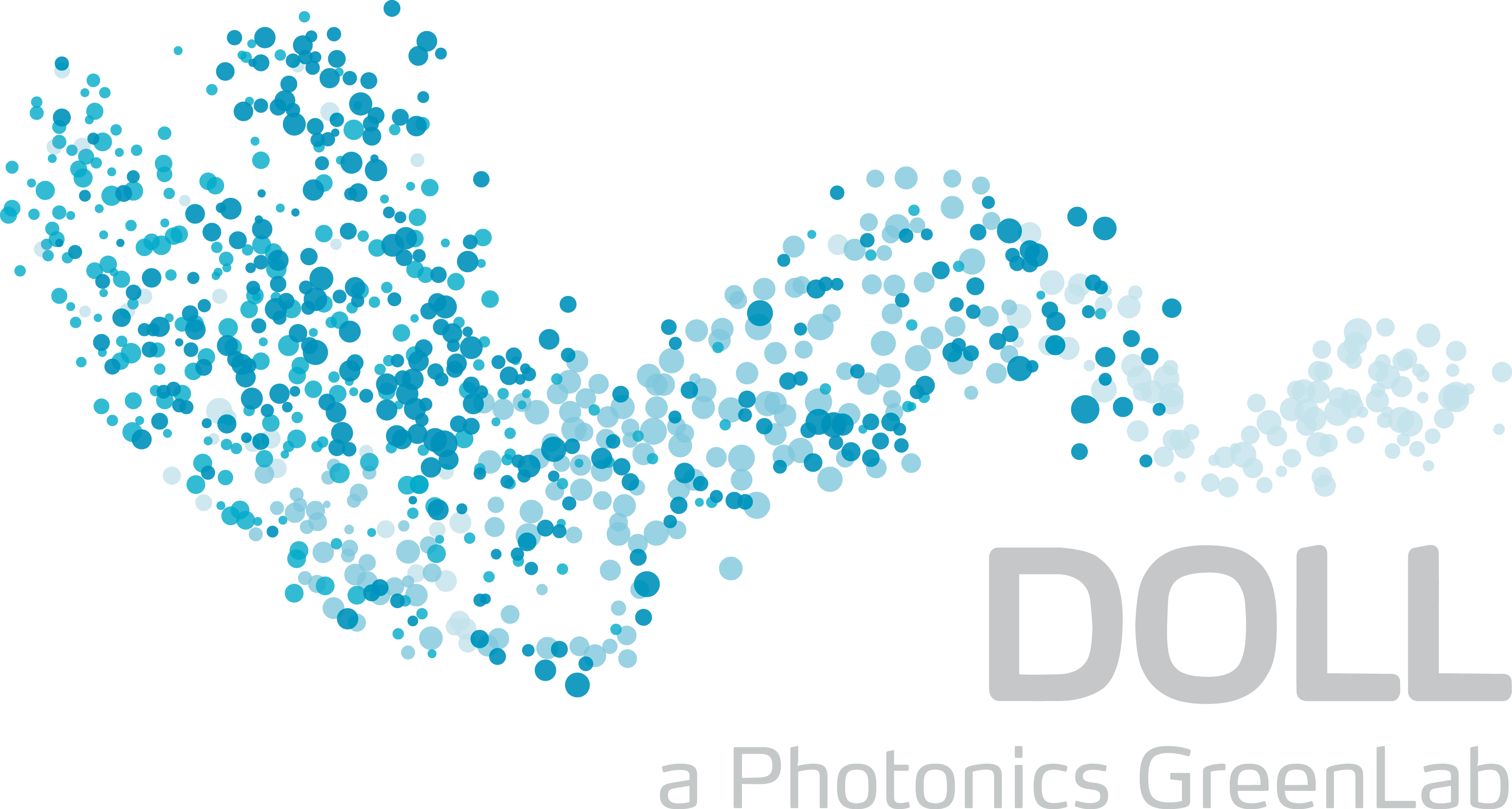It is now possible for students and employees at DTU in Lyngby to take a self-driving shuttle when they need to get from A to B on campus. In exchange for the ride, they share their experiences in the shuttle with the project team, so that we can ensure the best...

Important milestones
TRACK THE PROJECT’S COURSE HERE











